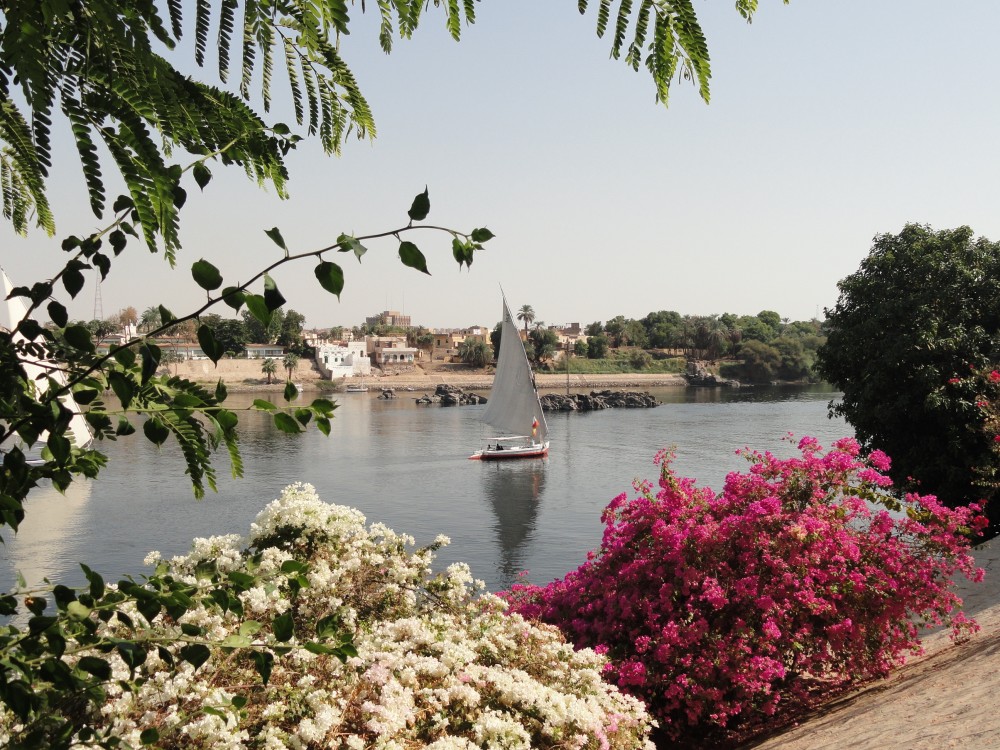19 Feb. Joseph explains the king’s dreams
“The king said to Joseph, ‘I have had a dream, but no one can explain its meaning to me. I have heard that you can explain a dream when someone tells it to you.’”
“Joseph answered the king, ‘I am not able to explain the meaning of dreams, but God will do this for the king.’”
“Then the king said to Joseph, ‘In my dream I was standing on the bank of the Nile River. I saw seven fat and beautiful cows that came up out of the river and ate the grass. Then I saw seven more cows come out of the river that were thin, lean and ugly… And these thin and ugly cows ate the first seven fat cows, but after they had eaten the seven cows, no one could tell they had eaten them. They looked just as thin and ugly as they did at the beginning. Then I woke up.’”
“’I had another dream. I saw seven full and good heads of grain growing on one stalk. Then seven more heads of grain sprang up after them, but these heads were thin and ugly and were burned by the hot east wind. Then the thin heads ate the seven good heads. I told this dream to the magicians, but no one could explain its meaning to me.’”
“Then Joseph said to the king, ‘Both of these dreams mean the same thing. God is telling you what he is about to do. The seven good cows stand for seven years, and the seven good heads of grain stand for seven years… The seven thin and ugly cows stand for seven years, and the seven thin heads of grain burned by the hot east wind stand for seven years of hunger…’”
“’You will have seven years of good crops and plenty to eat in all the land of Egypt. But after those seven years, there will come seven years of hunger, and all the food that grew in the land of Egypt will be forgotten. The time of hunger will eat up the land…’”
“So let the king choose a man who is very wise and understanding and set him over the land of Egypt. And let the king also appoint officers over the land, who should take one-fifth of all the food that is grown during the seven good years… That food should be saved to use during the seven years of hunger that will come on the land of Egypt. Then the people of Egypt will not die during the seven years of hunger.’”
“This seemed like a very good idea to the king, and all his officers agreed.”
(Genesis 41:15-37)

Joseph was brought before the king of Egypt and was asked to interpret his dreams. Joseph stressed that the dreams were from God – the God of the Hebrews – and were a warning, telling the pharaoh what God was about to do over the next fourteen years. God would send seven years of good harvests, and these would be followed by seven years of poor harvests.
Joseph’s advice – that a fifth of the harvest during the good years should be stored to supply food during the years of poor harvests – was well received, and in due course saved the people of Egypt from widespread starvation.
Successful harvests in ‘The Black Land’ of the Nile Delta depended on the annual Nile floods – the ‘inundation’ that transformed the red soils of the barren desert into fertile black agricultural loam by depositing humus-rich black mud that enriched the soils of the delta area.
So important was the annual inundation to agriculture that the Egyptian year was divided into three seasons: Akhet (the time of the inundation, from June to September), Peret (the time of planting and growing, from October to February), and Shemu (the time of harvesting, from March to May).
The prosperity of the Egyptian Middle Kingdom depended on the successful management of the Nile floods by the Pharaoh and his officials. During the time of Pharaoh Amenemhat III (who was probably the pharaoh who asked Joseph to interpret his dreams), an artificial canal was built to link the River Nile to the Faiyum Basin, a short distance south of Memphis. The excess waters of the Nile inundations were channelled along this canal and formed a huge artificial reservoir in the Faiyum depression – Lake Moeris (now the 25 mile / 40 km long lake called Birket Qarun) – which stored water for use during low Nile inundations.
Traditionally, the canal (which can still be seen today) is called the Bahr Yussef – the ‘waterway of Joseph’.
During the reign of Amenemhat III, exceptionally high water levels were recorded in situ on the rocks at the Semna Fort and the Kumma Fort on opposite sides of the Nile gorge near the Second Cataract in Southern Nubia. Seven years of good inundations (marked by high water levels) would have produced seven years of plentiful crops; but seven years of even higher catastrophic flood levels (similar to those recorded at Semna and Kumma) would have swept away the irrigation bunds and destroyed the crops – producing years of famine.
The photo shows the botanical gardens alongside the River Nile at Aswan.
You can read more about Joseph and Egyptian agriculture @ https://www.thebiblejourney.org/biblejourney2/24-the-journeys-of-isaac-jacob-joseph/joseph-becomes-vizier-of-egypt
